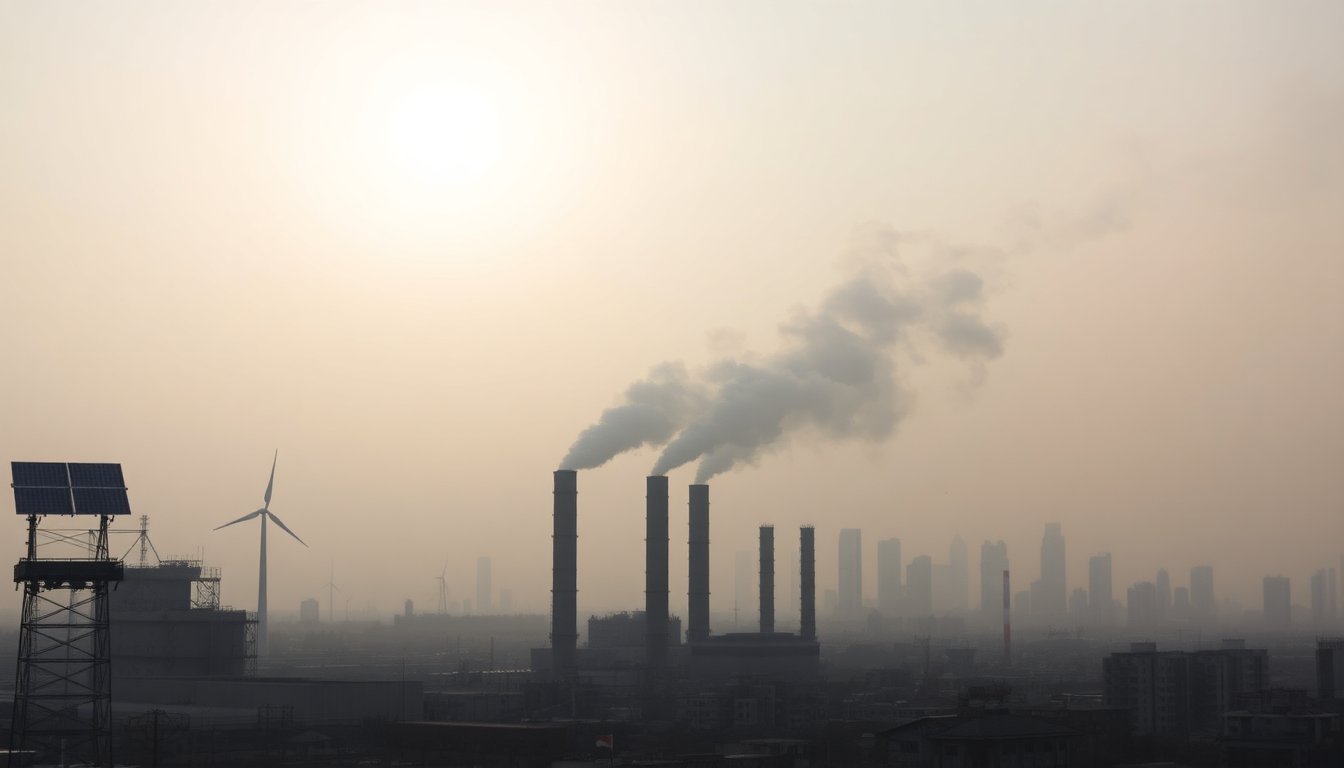Table of Contents
In a significant address to the United Nations, Chinese President Xi Jinping unveiled a new emissions target aimed at reducing greenhouse gas emissions by 7 to 10 percent from their peak by 2035. This announcement marks a notable shift for China, which had previously committed only to halting the rise of its emissions. However, analysts have expressed skepticism regarding whether this goal aligns with the urgent actions needed to combat climate change effectively.
Despite the growth of the renewable energy sector in China, many experts argue that this pledge falls short of the ambitious goals outlined in the Paris Agreement. As the world’s largest emitter of greenhouse gases, China’s strategies are pivotal in the global fight against climate change.
Assessing the Ambition of China’s New Targets
Xi’s announcement, while historic, has been met with disappointment from climate advocates who assert that the outlined target does not reflect a sufficient commitment to reducing emissions. Bill Hare, CEO of Climate Analytics, emphasized that the target is unlikely to result in actual reductions, suggesting it is less ambitious than what China might achieve through its current policies alone.
According to the Centre for Research on Energy and Clean Air (CREA), a more substantial cut of around 30 percent would be necessary to align with the Paris Agreement’s goals of limiting global warming to 1.5 degrees Celsius. The agreement, embraced by 195 nations in 2015, serves as a critical framework for international climate action.
Global Context and Leadership Expectations
The timing of China’s announcement is particularly significant, as the United States has recently scaled back its climate commitments. Li Shuo, from the Asia Society Policy Institute, pointed out that China’s cautious approach misses an opportunity to demonstrate international leadership in climate action. He remarked that instead of taking a bold step forward, the country appears to be proceeding cautiously, which could lead to severe global climate repercussions.
The Dual Nature of China’s Climate Actions
China’s position in the climate conversation is complex. It serves as both a primary contributor to global emissions and a leading force in renewable energy development. The International Energy Agency reports that China is responsible for around one-third of global greenhouse gas emissions, yet simultaneously, it dominates the green technology sector, producing approximately 80 percent of the world’s solar panels and 70 percent of electric vehicles.
However, this duality raises questions about China’s genuine commitment to sustainability. In 2020 alone, China initiated the construction of numerous coal power projects, marking a peak in coal investments unseen in nearly a decade. Andreas Sieber from 350.org criticized the contradiction between Xi’s promises to limit new coal endeavors and the surge in approved coal projects.
Potential for Future Progress
Despite the initial disappointment regarding the emissions target, some experts remain optimistic about China’s potential. Yao Zhe, a policy advisor at Greenpeace East Asia, noted that the country often sets targets it can confidently achieve. She speculated that China’s actual progress toward decarbonization may exceed its stated goals.
As the world grapples with the realities of climate change, China’s unique position as a clean technology superpower could enable it to surpass its targets over time. Li Shuo posited that this capability might push China into a more proactive role on the international stage, fostering broader climate action in the future.
In conclusion, Xi Jinping’s announcement marks a pivotal moment in China’s climate strategy, yet the adequacy of its emissions reduction goals remains questionable. As the global community watches closely, the effectiveness of China’s actions in the coming years will be crucial in determining whether it can lead the way toward a sustainable future.


